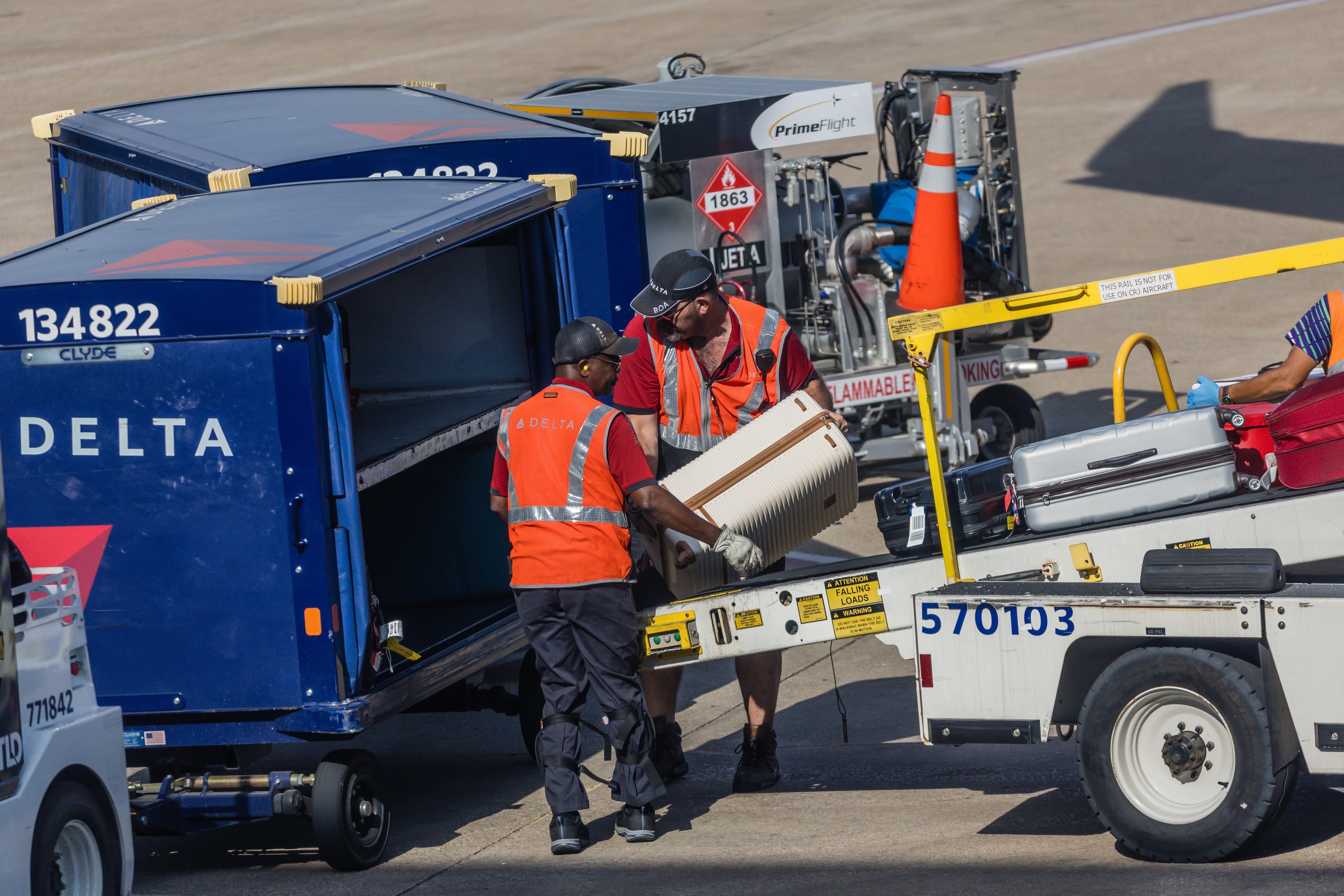Ben Katz wins September Sidney for Exposing Tarmac Injuries
Ben Katz of the Wall Street Journal wins the September Sidney Award for “More Workers Are Getting Hurt on the Tarmac,” which exposes how ground workers are being injured as the airline industry roars back to life.
A 34-year-old ramp worker and mother of three was sucked into a jet engine; she was instantly killed. OSHA fined her employer a paltry $15,625, the largest fine possible. Workers are falling off machinery, aircraft are colliding, and falling containers are crushing limbs.
Injury rates for the airline industry as a whole have jumped 17% since 2019, but the increase is even more pronounced for ground workers. Southwest Airlines’ ground-handling units saw a 64% jump in injury rates, and air services giant dnata saw a 54% jump.
Katz found that airlines are sending out poorly trained, understaffed ground crews to service the increasing number of flights taking off from the nation’s airports. Industry insiders admit that it’s difficult to recruit more workers because these are grueling low-wage jobs. Safety regulations to protect ground crews and baggage handlers also lag behind the level of oversight that protects crews in the air.
“The airline industry is putting profits ahead of worker safety,” said Sidney judge Lindsay Beyerstein, “This investigation shines a light on an exploited workforce that’s operating in the shadow of gleaming aircraft.”
Ben Katz is a reporter writing about the global aviation and aerospace industry for the Wall Street Journal. His stories focus on how the industry navigates the ups and downs of major geopolitical, economic and health events, on the experience of flying, and on safety matters.

Backstory
Q: How did you find out about the rise in injuries?
A: We’d been closely following how the aviation industry, coming out of the pandemic, had gone from an unprecedented two years of hibernation to full throttle almost overnight. We knew about the passenger experience – the long lines, the lost bags, the delay and cancellations – and we knew that there were staffing issues after the redundancies in early 2020. But we hadn’t been able to find much that concretely illustrated what aviation workers had been experiencing.
Then on New Year’s Eve, we followed local coverage of Courtney Edwards’ tragic death on the ramp and it drove the issue of worker safety again to the top of our agenda. I remember asking an executive at a company about injury rates, and their answer was simply that their operations were safer than the industry standard. When I asked about their safety record in 2022 compared to previous years, the executive declined to comment. That was my first hint that yes, there may be a problem here.
Q: Can you walk us through your approach to this investigation?
A: We knew the investigation needed to be two pronged: one part focused on reaching out to dozens of people in the industry, from workers to executives to make sure we understood the dynamics at play. The second was to find out whether, aside from anecdotal evidence, there was statistical data showing that the risks those people were telling us about were leading to higher injury rates.
In aviation, accidents do happen on the side of a runway. We wanted to answer the question of whether the industry’s rapid recovery had made the already dangerous work of ground handlers more risky. On both fronts we’d identified a range of organizations, regulators, companies, unions and more to talk to, and kept throwing the net wider as we learnt more about this part of the industry. Whenever I thought that the net we’d cast was wide enough, it turned out it could go even wider.
Q: Why have injuries risen so precipitously?
A: There’s a list of interweaving factors, many of which were tied to the industry’s desire to rapidly recover after being hobbled by the pandemic for so long. The industry was unprepared, and therefore understaffed, meaning fewer workers were doing more work under the intense time pressure that the industry demands. Retrenchments at the start of the pandemic had meant the loss of a lot of expertise and we found evidence of new hires being rushed onto the tarmac without sufficient training to help fill those staffing gaps. Many workers were also left using faulty or damaged equipment that hadn’t been adequately maintained.
Q: Staff shortages are contributing to a poor safety climate in the industry. What’s causing these shortages?
A: Globally, hundreds of thousands of staff were made redundant at the onset of travel restrictions in 2020. Even with bailouts and furlough programs, most companies had to deeply retrench. A tight labor market, pay that is benchmarked to minimum wage, and long waits for background checks before a worker can start their new job, have all meant that finding people to fill those jobs has been incredibly difficult. Working at an airport is also physically demanding, dangerous, involves irregular working hours and often long commutes. As one executive put it, it’s difficult to convince a new recruit to work at an airport when they could get a job working as a coffee barista or delivery driver earning similar wages.
Q: Did anything unexpected happen in the reporting of this piece?
A: Once we’d established that a trend of higher injuries appeared in the data in addition to the anecdotal evidence, I was surprised by how readily people acknowledged this as a problem. Sources might have flagged different dynamics that were at play or direct accountability to different parties, but the basic thesis – that workers faced greater injury risks – generally went unchallenged. I was also taken with how openly some companies discussed the issues behind closed doors. One company, for example, explicitly compared ramp workers to miners in the 1930s in a formal presentation to regulators.
Q: What did you learn from this project that you will carry forward to your next investigation?
A: It was crucial to think creatively about who can speak on a topic. In covering a beat, there are people a reporter might typically speak to. Then there are some obvious others you might think to meet for a story. But there’s also an endless number of people with relevant and smart things to share who you might not have initially thought to contact. Casting that wide net was critical to getting this story over the line. Having some smart editors to help direct the project and brainstorm those ideas was also invaluable.


